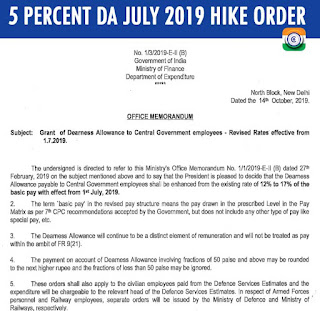One Rank One Pension demand by Armed Forces personnel
One Rank One Pension (OROP) has been a
constant demand by hard working Armed Forces personnel over the past 40
years, yet governments have come and gone but OROP is still to see the
light of day. But what exactly is OROP?
According to OROP, Armed Forces
personnel retiring at the same rank with the same length of service
should be eligible for the same pension regardless of their date of
retirement. OROP would ensure that any changes in rates of pension
afforded to Armed Forces personnel retiring in recent times will be
relevant to all other retired Armed Forces personnel having same rank
and length of experience. Hence, One Rank One Pension irrespective of
date of retirement.
Importance of OROP
Since Armed Forces personnel retire at
younger ages, with some retiring between 35-37 years of age and others
between 54-56 years of age, they do not have the opportunity for further
pay hikes afforded to civilians and therefore are reliant on their
pension only. The Armed Forces of the country needs a young work force,
but less youths will be inclined to join if they are not sure of their
future financial security.
Hurdles In Adopting OROP
The OROP concept was applicable till
1973 when the pensions for Armed Forces and civilian employees was
equalised, due to bureaucracy issues. Since then, one of the key issues
has been the initial investment cost to launch OROP since typically
pension is cut from the salary of a working person, however, for the
base line year used by OROP the difference in pension would come
directly from the pocket of the government. In addition, every time the
pay commission announces a salary increase the governments direct
expense will also increase.
Current Status
However, the concept of OROP was
accepted but then the point of contention rose of which year pay scales
should be taken as base year. While government wanted to use the 2011
pay scales as base year, the veterans wanted 2014. The difference of 3
years would make a difference in not only salary and pensions levels but
also regarding the number of personnel eligible for OROP resulting in
an additional cost of nearly Rs 4,000-Rs 6,000 crore. Finally the
government consented to the 2014 base year date.
The Narendra Modi government agreed to
adopt OROP with an estimated expense of Rs 1,000 crore which they have
stated will be given in instalments due to the large value.
Source : http://newsworldindia.in













0 comments:
Post a Comment